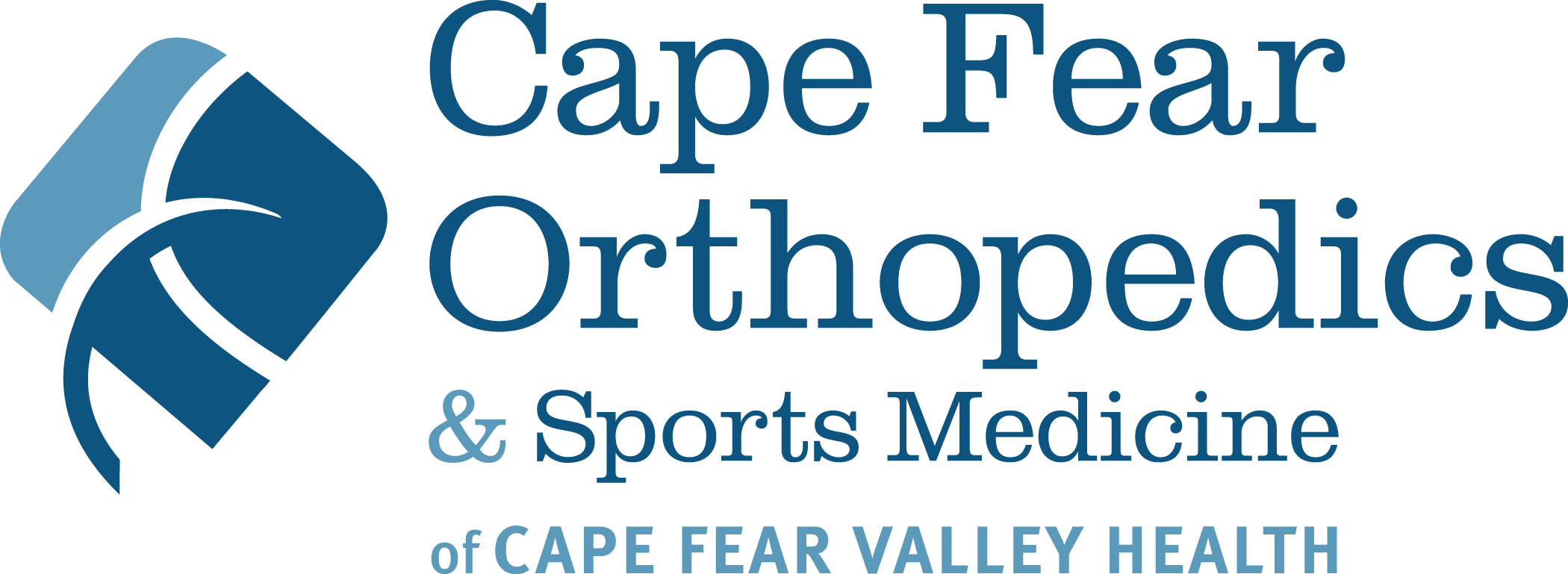Breast Cancer Awareness Month and National Physical Therapy Month

October is Breast Cancer Awareness Month and it is also National Physical Therapy Month. In recent findings, breast cancer death rates declined 40% from 1989 to 2016 among women. The progress is attributed to improvements in early detection.
According to the American Cancer Society, when breast cancer is detected early and is in the localized stage, the 5 year relative survival rate is 99%. Early detection includes doing monthly breast self-exams, physical therapy, scheduling regular clinical breast exams, and mammograms. One in eight women and one in one thousand men will be diagnosed with breast cancer over the course of a lifetime. Survivorship is on the rise thanks to early detection and improvements in the treatment of breast cancer.
One of our top priorities is educating women on what they can do to be proactive with their breast health. Knowledge and early detection save lives.
Physical Therapy’s Role in Breast Cancer Recovery
Many patients who undergo surgery often see a physical therapist as part of their recovery plan, especially if the procedure involves arms, legs or parts of the body that move or regulate movement. Physical therapy is also a critical component for patients who have undergone breast surgery, including surgery to treat breast cancer and or radiation to the breast. Whether it’s a lumpectomy or a double mastectomy, most breast cancer treatments involve some type of surgery, or even multiple surgeries, which often come with side effects, such as pain and lymphedema. Physical therapy after breast surgery may help in three areas. One is range of motion and strength, second is lymphedema, and the third is pain. The goal of physical therapy is to:
- Assess baseline measurements, including range of motion of shoulders, spine, and circumference of both upper extremities.
- Identify any impairments that may affect recovery such as muscle weakness, postural dysfunction, and pain.
- Educate in lymphedema, pain management, and risk reduction.
- Establish an exercise program prior to and after surgery.
Survivorship can be one of the most complicated aspects after going through cancer treatments. This is mainly because it is different for each individual. Returning to “normal” life and activities is extremely important. Physical therapy can help with some of the issues that can affect quality of life after breast cancer treatment and recovery is completed.
Breast Cancer Recovery
Exercises help decrease the side effects of your surgery and help you get back to your usual activities. If you’ve had radiation therapy after surgery, exercises are even more important to help keep your arm and shoulder flexible. Radiation may affect your arm and shoulder long after treatment is finished. Because of this, it’s important to develop a regular habit of doing exercises to maintain arm and shoulder mobility after radiation treatments for breast cancer.
It’s very important to talk with your doctor before starting any exercises so that you can decide on a program that’s right for you. Your doctor might suggest you see a physical therapist or occupational therapist, or a cancer exercise specialist certified by the American College of Sports Medicine.
These health professionals are specially trained to design an exercise program just for you. Some exercises should not be done until drains and sutures (stitches) are removed. But some exercises can be done soon after surgery.
Benefits
- Increase your mobility and ability to move your shoulders forward
- Increase your shoulder blade movement and improve posture
- Increase the movement in the front of your chest and shoulder
- Relieve pain
Strengthening exercises are now recommended as part of your recovery plan and regular exercise programs to improve health. These are not started until 4 to 6 weeks after surgery and must be tailored to your general health, medical condition, and fitness. Strength building starts by using small hand weights and is increased slowly over time.
It’s important to discuss all of your treatment options, including their goals and possible side effects, with your doctors to help make the decision that best fits your needs.
At Cape Fear Orthopedics & Sports Medicine, we are not only committed to ensuring our patients receive the best treatment available; we believe their recovery and rehabilitation is equally as important. Our physical and occupational therapists offer a comprehensive range of approaches to help restore the function of our patients after surgery and illness. Our goal and commitment is to return our patients to active living, free of pain.
For more information about our physical and occupational therapy services or to schedule an appointment with our highly trained physical therapists, please call (910) 484-2171.

